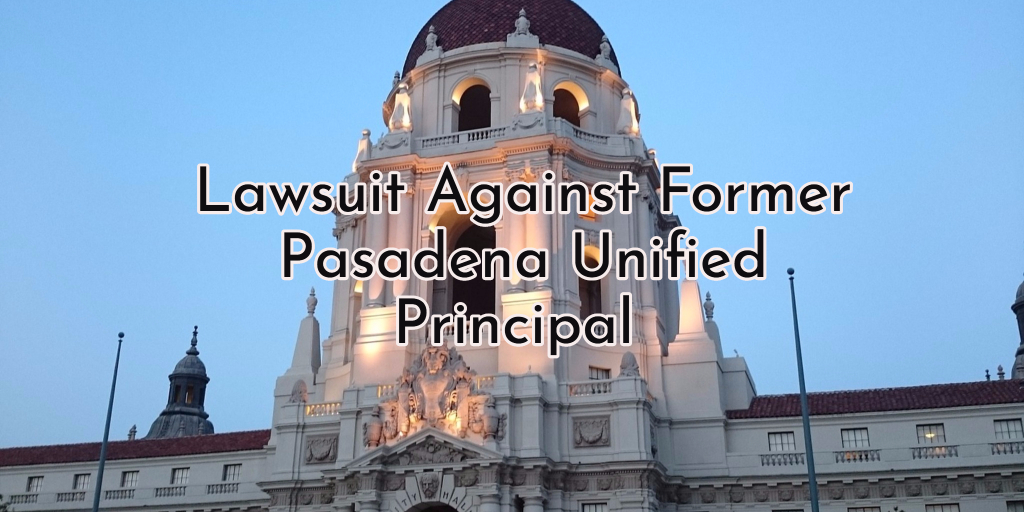On August 31, Arkema Inc. suffered from a series of fires at their chemical plant in Crosby, Texas. The chemical fires were a result of Hurricane Harvey flooding. First responders that arrived at the scene are now suing Arkema Inc. for failing to inform anyone of the toxic fumes given off in the facility.
Who Is Arkema Inc.?
Arkema is a chemicals and materials manufacturer headquartered in France. It has global operations, billions in assets, many research centers, and over a hundred production plants around the world.
At the Crosby, Texas location, Arkema produces liquid organic peroxides. Without refrigeration, these chemicals can catch fire. When flooding occurred from Hurricane Harvey, the company couldn’t prevent explosions from occurring at the plant.
Who Is Suing Arkema Inc.?
Seven first responders who arrived on the scene after the explosions filed the initial lawsuit against Arkema. They allege that no one warned them of the possibility of dangerous toxic fumes in the air. They say no one informed them multiple explosions occurred at the plant prior to them arriving.
They arrived without proper protection. The first responders included sheriff’s deputies and medical personnel. The first responders say they grew ill and started vomiting at the site. Many of them went to the hospital.
How Did Arkema Respond?
The first responders claim Arkema representatives repeatedly said the smoke from the burning chemicals is non-toxic. Arkema says they did not mislead anyone concerning the dangers of breathing the smoke from the fires. They intend to fight the allegations against them.
Who Else Was Affected?
Another lawsuit against Arkema is likely. This one will come from homeowners closest to the plant. This comes from the evacuation of some homes while the company destroyed their degrading organic peroxide.
Arkema representatives and government agencies found no evidence of toxicity in the air in areas away from the plant. After days of testing the air over the plant, the EPA found no chemicals that exceeded air quality values.
Overall, this is still an ongoing case. Investigations remain underway. Results of the lawsuit are in the future. What impact this and any other lawsuits may have on chemical plants or regulations in Texas remains in question.









